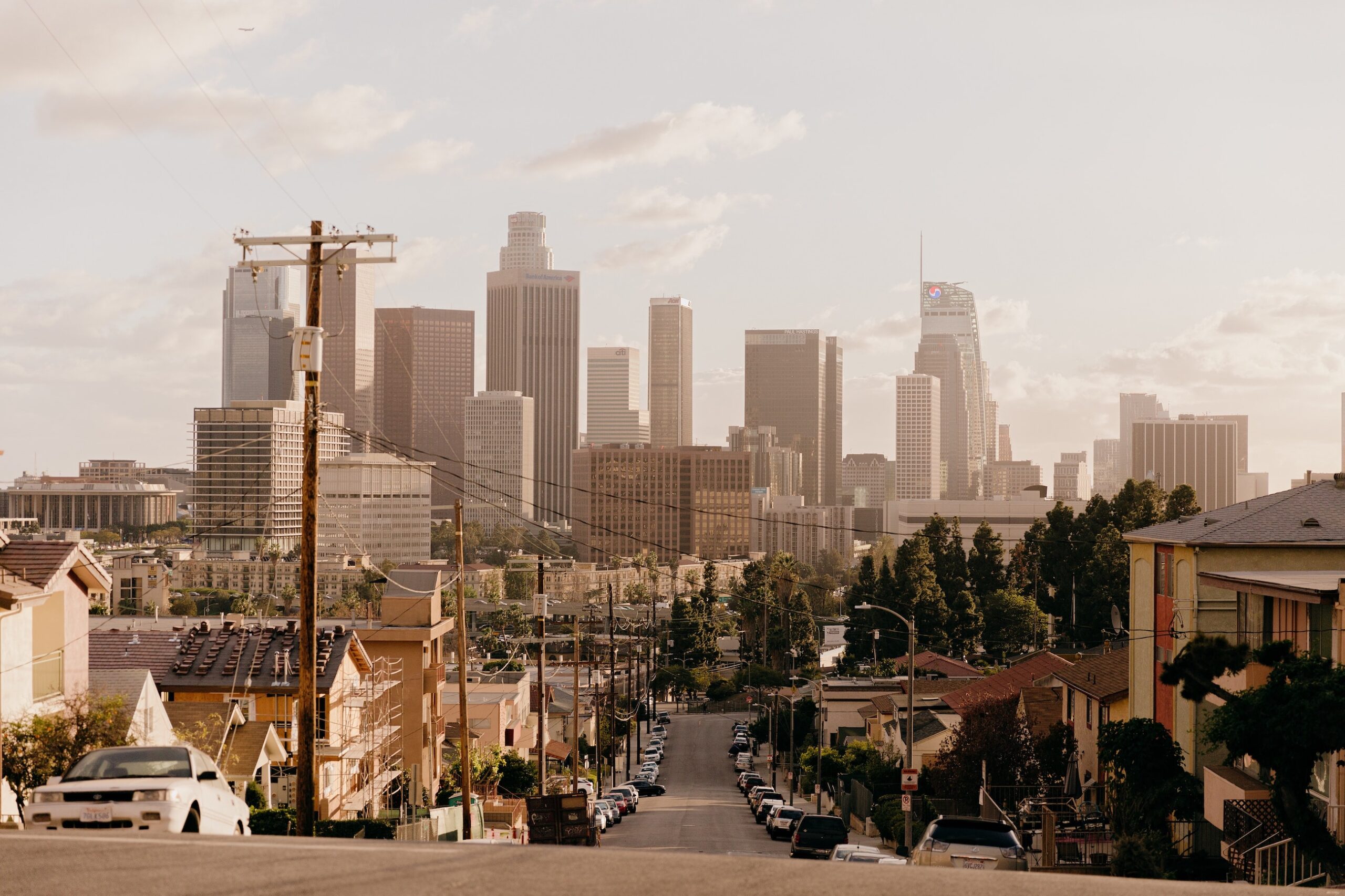
Place
Star-Kist Tuna Cannery Main Plant
The familiar Star-Kist Company traces its origins to 1918 on Terminal Island and by 1952 held the distinction of being the single-largest cannery in the world.


Place Details
Address
Get directions
Architect
Year
Style
Decade
Property Type
Community
For up to date information on the potential demolition of the Star-Kist plant please visit the Conservancy's Terminal Island Issue Page.
In November 2021, the Port of Los Angeles reissued a Mitigated Negative Declaration (MND) for a project to demolish the former Star-Kist Tuna Plant. The plant is one of the last remaining facilities connected to Los Angeles's once prolific canning industry. The Conservancy strongly opposes the demolition of this property as it has gained heightened significance since the Port has demolished nearly all of Fish Harbor's historic resources in the last decade.
The familiar Star-Kist Company traces its origins to 1918 on Terminal Island when it was founded as the French Sardine Company by Yugoslavian immigrant Martin J. Bogdanovich.
By 1952, the renamed Star-Kist Tuna Cannery’s new Main Plant held the distinction of being the single-largest cannery in the world. Star-Kist was the largest of several major tuna canneries, including Chicken of the Sea, which operated on Terminal Island for several decades and revolutionized seafood consumption through the introduction of canned tuna.
While Star-Kist closed its facilities on Terminal Island in 1984, the buildings continue to represent a significant link to Los Angeles’ once-mighty tuna industry.
The Star-Kist Main Plant is also significant for its design by John K. Minasian, a prominent engineer, and designer who worked on projects at Cape Canaveral and Edwards Air Force Base and served as the chief engineer of the iconic Space Needle (1962) at the Seattle World’s Fair.
When it was completed, the Star-Kist Main Plant was the single-largest example of tilt-up construction built by private industry on the West Coast. Giving this industrial facility further distinction is the unusual level of architectural detailing on the harbor-facing façade, which was viewed primarily by fishermen in the harbor and employees entering the building.
Most of the Main Plant remains standing and, despite later additions, remains a highly significant example of a cannery facility in the Port of Los Angeles.


